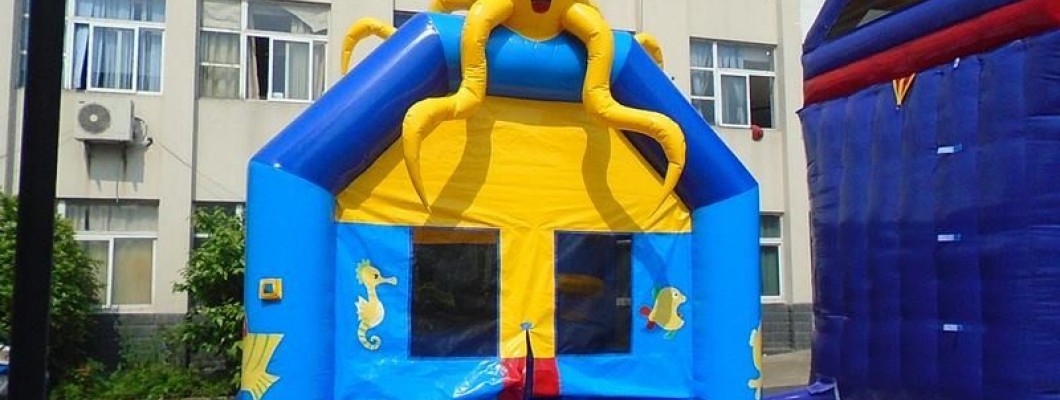27 Aug


Proper anchoring of a bouncy castle is crucial to ensure its safety and stability. Without adequate anchoring, the inflatable can shift, tip over, or even become airborne, which could pose serious risks. Follow these guidelines to ensure your bouncy castle is securely anchored:
1. Choose the Right Anchoring Equipment
- Heavy-Duty Stakes: For outdoor installations on grass or soil, use heavy-duty stakes designed specifically for inflatables. These stakes should be long enough to penetrate the ground securely.
- Concrete Anchors: When setting up on hard surfaces like concrete, use anchor systems that include heavy weights or concrete blocks to secure the bouncy castle.
- Ballast Bags: On surfaces where stakes cannot be used, such as asphalt or indoor floors, ballast bags filled with sand or water can provide additional stability.
2. Follow Manufacturer Instructions
- Read the Manual: Always refer to the manufacturer’s guidelines for specific anchoring instructions related to your bouncy castle model. The manual will detail the recommended type and placement of anchors.
- Adhere to Specifications: Use the recommended equipment and methods to ensure compliance with safety standards and to prevent damage to the inflatable.
3. Correct Placement of Anchors
- Anchor Points: Place anchors at all designated points on the bouncy castle, typically at the corners and along the edges.
- Even Tension: Ensure anchors are evenly distributed and properly tensioned to avoid any part of the bouncy castle becoming loose or unstable.
4. Regular Inspection and Adjustment
- Routine Checks: Regularly inspect the anchors during the event to ensure they remain secure and properly positioned.
- Adjust as Needed: Make adjustments to the anchors if you notice any instability or if conditions change, such as strong winds or shifting ground.
5. Consider Environmental Conditions
- Weather: Be aware of weather conditions such as wind. Ensure the bouncy castle is more securely anchored in windy conditions and consider postponing if severe weather is expected.
- Surface Type: Adapt your anchoring methods based on the type of surface where the bouncy castle is set up. Different surfaces may require specific types of anchors or weights.
6. Train and Supervise Setup Personnel
- Training: Ensure that everyone involved in setting up the bouncy castle is trained in proper anchoring techniques and understands the importance of secure installation.
- Supervision: Supervise the setup process to ensure that all anchoring procedures are followed correctly and that the bouncy castle is securely anchored before use.
By following these steps, you can ensure that your bouncy castle remains stable and secure, providing a safe environment for all participants. Proper anchoring is key to avoiding accidents and maintaining the inflatable’s integrity.
